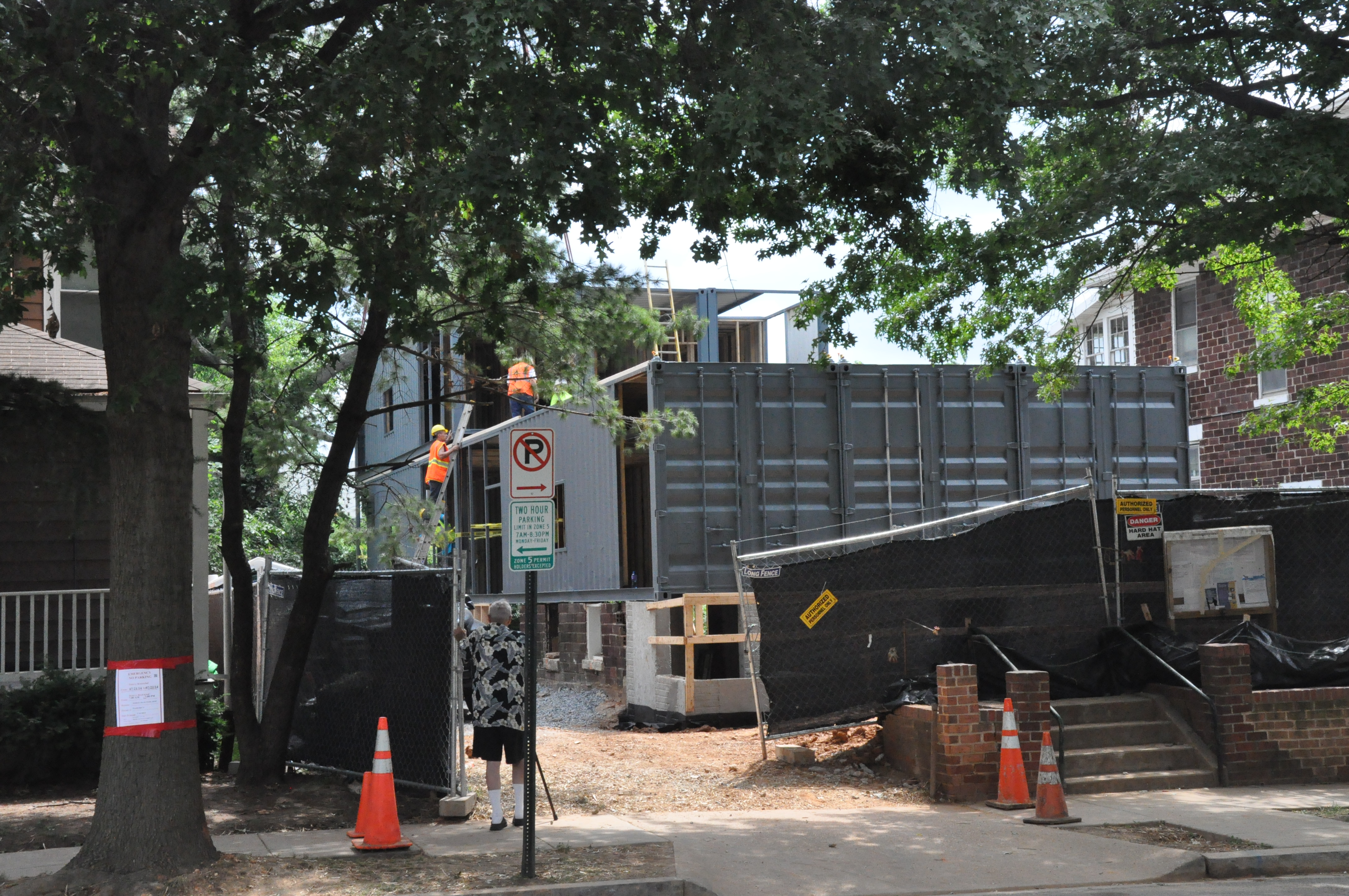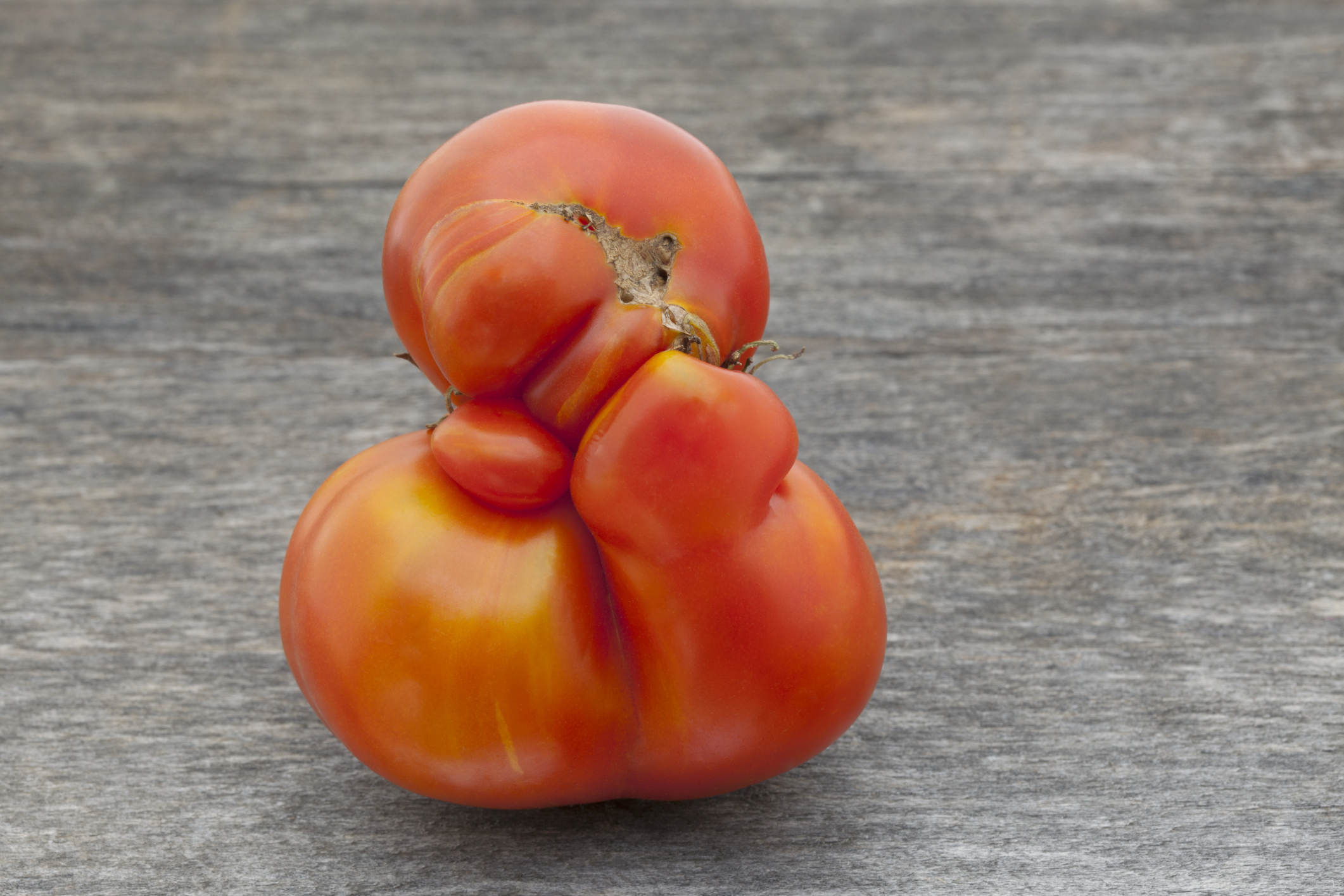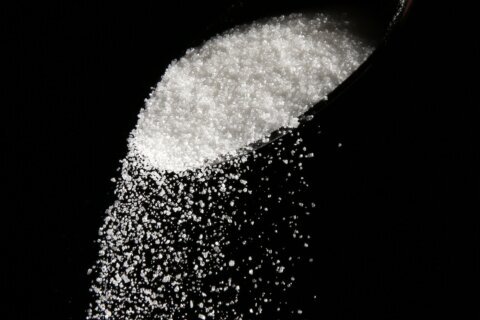WASHINGTON — Neatly plowed fields, towering stalks of corn and a charming red barn all paint the picture of a classic American farm. But that image is about to change. The new face of agriculture could be a cluster of steel containers.
With more than 700,000 unused shipping containers in the U.S., recent environmental efforts have focused on finding new uses for the large vessels.
As a result, architects are fashioning them into homes, restaurants are incorporating them into their designs and homeowners are transforming the crates into backyard sheds.
Local Roots Farms is also thinking outside of the steel box when it comes to recycling sea containers: It’s turning them into urban farms. And soon, the L.A.-based company hopes to expand its operation to D.C.
“People are realizing that we need a sustainable and very cost-effective source of produce,” says Local Roots co-founder Daniel Kuenzi.
Growing food in portable containers can accomplish just that.
—
Imagine a world where drought and pests have no impact on crop production, and where fruits and vegetables can thrive even in the harshest climates. It’s all possible in a 40-foot container.
Inside Local Roots’ Los Angeles shipping container, stacked rows of hydroponic lettuce line the side walls. “Vertical farming is the term for it,” says Kuenzi, who founded Local Roots Farms with his business partners in 2013.
The container is insulated and refrigerated, making it impervious to weather, and each level of produce has its own lighting system that can be adjusted based on the crops’ needs.
“We’re able to put these farms in subzero temperatures or in a hot desert climate and they’re completely insulated inside,” Kuenzi says. “We can make sure the plants have abundant light, nutrients, CO2 and humidity, and that’s much more difficult to do if we were [growing crops] in open gardens.”
For the past nine months, Local Roots Farms has been growing and selling hydroponic greens and herbs to farmers markets, restaurants and retailers in L.A. But Kuenzi, who is based in D.C., says the startup plans to expand both its line of produce (it’s currently growing and testing different varieties of produce) and its market “as soon as possible” — and Washington is next on the list.
Improving the environment and access to food
In addition to protecting agriculture from unstable weather, Kuenzi says the indoor urban farms improve access to healthy foods and cut down on environmental pollution and food waste from transport.
The shipping container farms can be placed virtually anywhere, including food deserts and areas where access to fresh and healthy food is limited. All that’s required is access to power and water.
“Each 40-foot container is the equivalent of 5 acres of outdoor produce, so it is a tremendous amount of produce,” Kuenzi says, emphasizing that the small farms could have a big impact on food desert communities.
The produce grown in containers is also more nutritionally dense and fresher tasting since light and nutrient levels can be monitored closely. There is also a shorter gap between the time the produce leaves the farm and hits the fork.
Kuenzi says 98 percent of lettuce grown in the U.S. comes from California and Arizona. By the time it lands on the shelves at East Coast stores, it has traveled 3,000 miles over the course of several days.
“So the result is we get shorter shelf life, the price is higher and we get all of the adverse environmental impacts of having to farm unsustainably and then drive a truck all the way across the country to deliver that produce,” Kuenzi says.
“If we can cut the supply chain from five days to five hours, it’s going to taste fresher to anybody who’s eating it. They’re going to taste better, simply because they haven’t been sitting on a truck for days … And our quality is going to be a lot better because we give it perfect weather all the time.”
Additionally, shipping container farms use about 95 percent less water than traditional farming methods, Kuenzi says. Plus, there is no need for pesticides, herbicides and GMOs in the indoor farms.
“In our closed environment, we’re able to recapture all the water that’s not used. We take it out of the air and put it back into the system and clean it out, so what we’re left with is very clean water and very little waste. And because we grow inside, we don’t have exposure to airborne pathogens.”
The future of farming?
Historically, indoor agriculture has been more expensive than traditional farming, but Kuenzi says the costs are coming down, especially when it comes to LED lighting.
“They’ve increased their energy efficiency, so suddenly the cost to produce a head of lettuce or grow a tomato has dramatically decreased over the last few years,” Kuenzi says. “Now it’s affordable, where it hasn’t been in the past.”
Not only will the cost of indoor agriculture soon rival that of traditional farming, Kuenzi predicts that in a few years indoor farming will be just as common.
“I don’t even know how to put a number on how popular it’s going to be in 10 years, but it’s the next wave,” he says.
Taking root in D.C.
Kuenzi has already started talks with numerous groups in D.C. and the surrounding counties to find the right location for the area’s first shipping container farm. When it comes to the perfect spot, anything goes. He says Local Roots Farms could set up shop in a warehouse space or on a slab of concrete.
“These things fit in back alleys,” Kuenzi says.
Similarly to Local Roots’ operation in L.A., Kuenzi says the D.C. farm will sell its produce though traditional food channels, such as local farmers markets and retailers. The organization is also looking for ways to give back to the local community.







